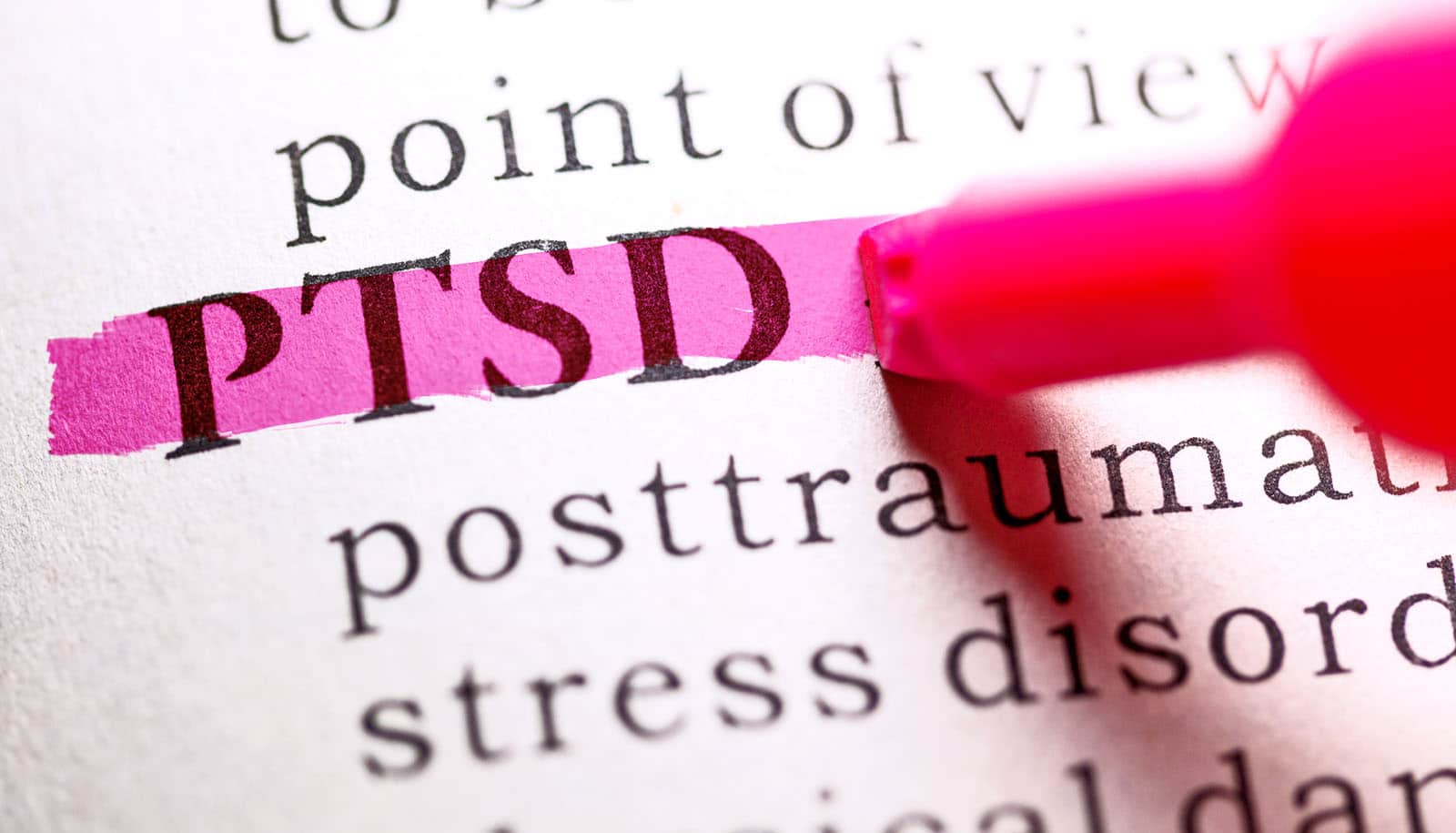A new study describes in detail how to diagnose complex PTSD, or post-traumatic stress disorder.
People with PTSD typically suffer intrusive memories or flashbacks that may overwhelm them. But, experts around the world have been aware for decades that some trauma victims or survivors exhibit a broader pattern of psychological changes, most commonly after prolonged or repetitive events—such as exposure to war, sexual abuse, domestic violence, or torture—now termed CPTSD.
Many experts have been calling for adaptations to the diagnostic requirements for PTSD. Earlier this year, the World Health Organization (WHO) issued a new version of its International Classification of Diseases (ICD-11).
The updated ICD now includes a new diagnosis for complex post-traumatic stress disorder (complex PTSD). New symptoms—such as self-organization disturbances—join the previous symptoms of PTSD, which include flashbacks, nightmares, avoidance, social withdrawal, and hypervigilance. Key features of self-organization disturbances include excessive or heightened emotional responses, feelings of worthlessness, and persistent difficulties in sustaining relationships and in feeling close to others.
The study in The Lancet describes the difficulties that may occur, the distinct features of the disease in children and adolescents, and the diagnostic differences that need to occur to closely related mental health disorders such as severe depression, bipolar disorders, psychoses, or personality disorders.
“We elaborate how the CPTSD diagnosis can be made in routine situations in emergency medical facilities and in regions with underdeveloped health care systems, for example,” says first author Andreas Maercker, professor of psychopathology and clinical intervention at the University of Zurich.
The study covers the latest findings on biopsychosocial correlations based on systematic selection criteria. The researchers also analyzed the evidence base for all available therapeutic studies and developed guidelines for treating CPTSD.
“This is particularly important, since not all countries use the WHO’s disease classification. Some have adopted the DSM-5 classification published by the American Psychiatric Association, which currently doesn’t list a diagnosis for complex PTSD,” explains Maercker.
Source: University of Zurich



